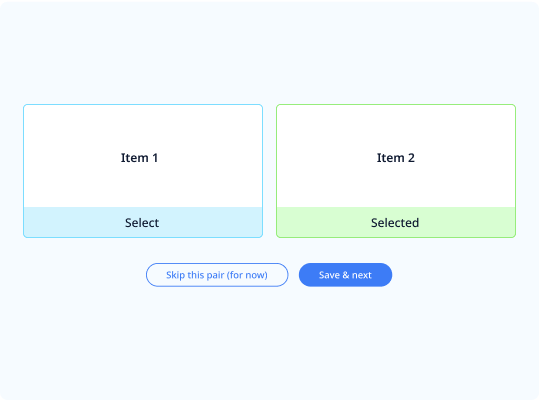creative tool

Round-robin ranking (RRR) is a priority management and decision-making tool. The concept behind RRR is that when faced with multiple options, it is difficult to determine the best one. Our brain can effectively compare and choose between two options at a time. Therefore, RRR encourages us to compare all possible combinations of options. Based on your choices, the system ranks the options and identifies the “winners”. RRR is an excellent tool for ranking and establishing priorities.
Round-robin ranking is a creative thinking tool that helps manage the priority of tasks, options, and items and facilitates decision-making. RRR is an excellent analytical instrument that encourages you to reconsider each available option repeatedly and make appropriate decisions. It is useful for:
The Round-Robin Ranking (RRR) can be successfully applied whenever there are more than two options available. Here are some examples of situations where RRR is useful:
You can also get creative and find many other situations where RRR can be useful.